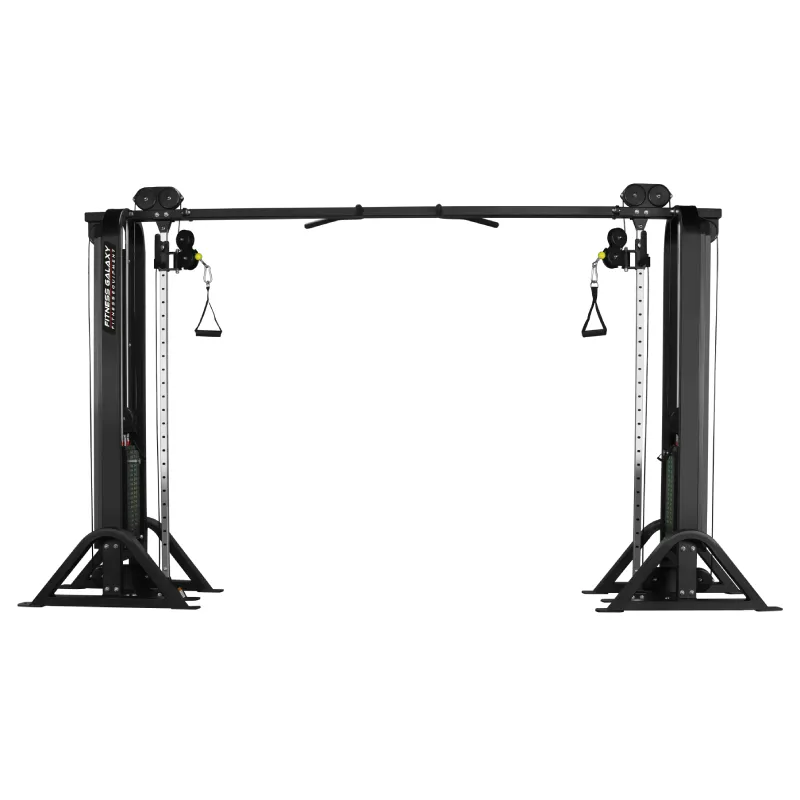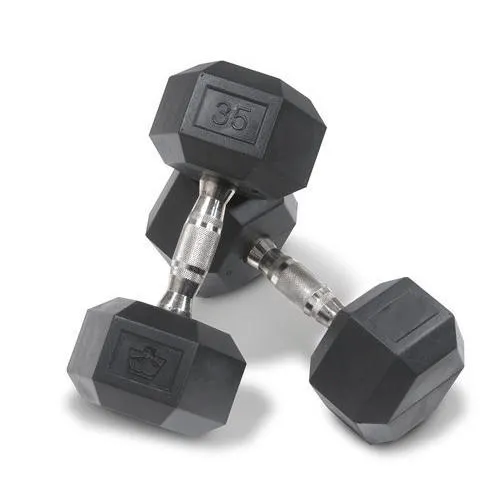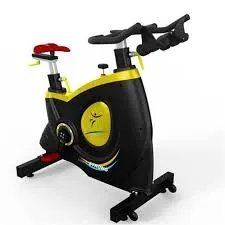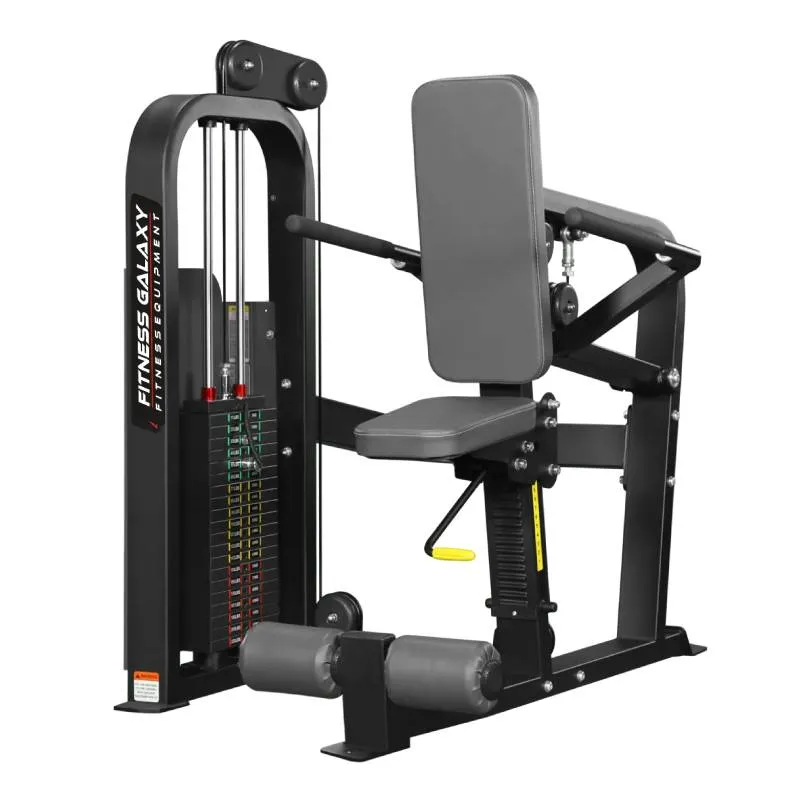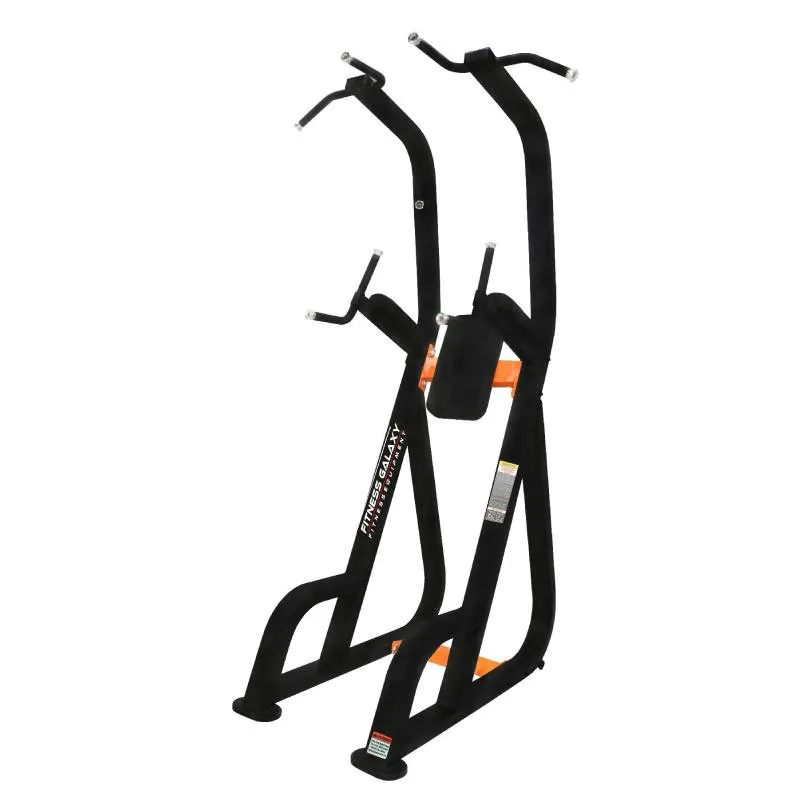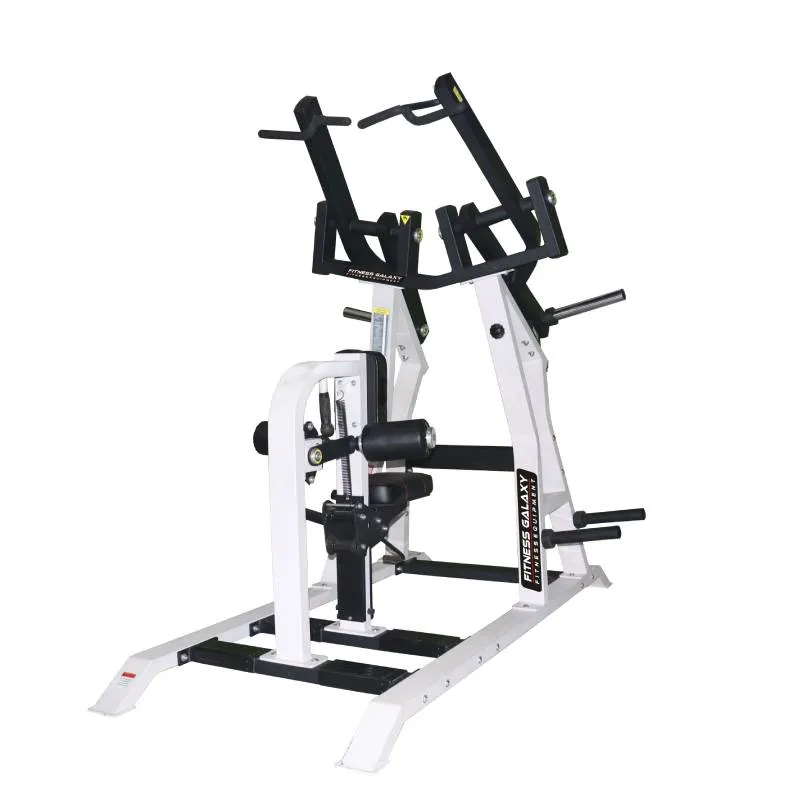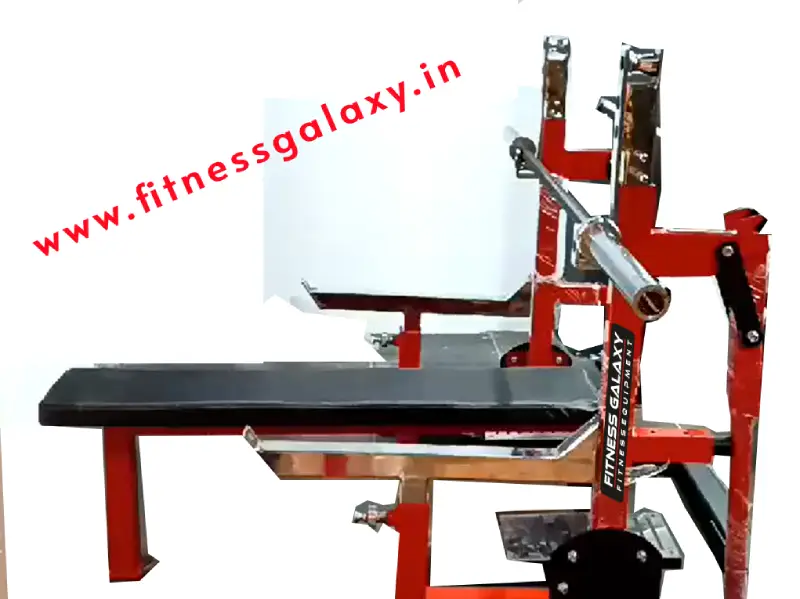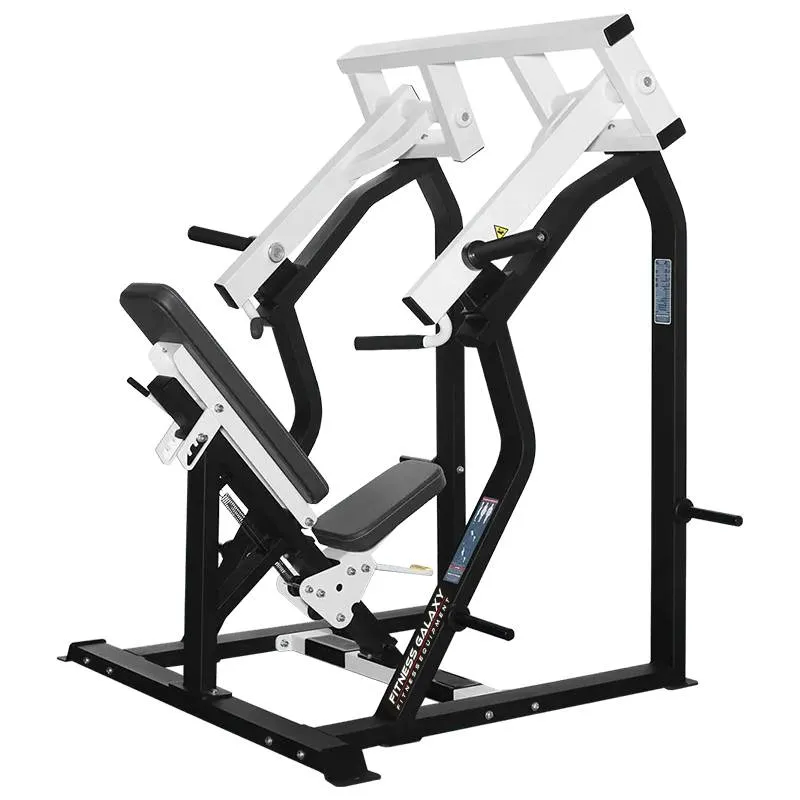Gym Interior Design Basic Concept
Theme and Concept Modern and Minimalistic: Focus on clean lines, neutral colors, and functional design. Open Space: Allow for ample space for movement, especially in high-traffic areas like stretching and group workout zones. Wooden or Vinyl Floors: Great for cardio and stretching areas to ensure comfort while doing yoga, pilates, or aerobics. Color Scheme Energetic Colors: Use vibrant hues like red, orange, or yellow for areas requiring energy and focus. Soothing Tones: For yoga and meditation zones, opt for calming colors like blues, greens, or neutral tones.
Accent Lighting: Use LED strips or spotlights to highlight certain areas like feature walls or to create dramatic effects. Wall Art and Decor Motivational Quotes: Incorporate inspiring quotes or posters in key areas, like near the entrance or across from treadmills. Artwork: Large-scale artwork, such as abstract designs or fitness-inspired imagery, can add energy and personality to the space. Recycled Materials: Use reclaimed wood or recycled materials for furniture and decor. Natural Landscaping: Utilize outdoor plants, grass areas, or trees to create a refreshing environment for outdoor exercises or relaxation.

1. Theme and Concept
- Modern and Minimalistic: Focus on clean lines, neutral colors, and functional design.
- Industrial Vibes: Incorporate exposed brick, metal accents, and raw materials.
- Nature-Inspired: Use earthy tones, plants, and natural light to create a serene atmosphere.
- Urban/Street Art Theme: Combine bold colors, murals, and vibrant graffiti for an energetic vibe.
2. Layout and Floor Plan
- Zoning: Divide the space into functional zones—cardio, strength training, free weights, stretching areas, and group fitness rooms.
- Flow and Movement: Ensure a smooth flow with easy transitions between areas. This will minimize congestion during busy hours.
- Open Space: Allow for ample space for movement, especially in high-traffic areas like stretching and group workout zones.
3. Flooring
- Rubber Flooring: Essential for weight rooms and free weights areas as it’s durable and absorbs impact.
- Wooden or Vinyl Floors: Great for cardio and stretching areas to ensure comfort while doing yoga, pilates, or aerobics.
- High-Performance Tiles: For locker rooms and wet areas, tiles with anti-slip features are important.
4. Color Scheme
- Energetic Colors: Use vibrant hues like red, orange, or yellow for areas requiring energy and focus.
- Soothing Tones: For yoga and meditation zones, opt for calming colors like blues, greens, or neutral tones.
- Accent Walls: Consider accent walls with motivational quotes or striking designs to add personality and inspire members.
5. Lighting
- Natural Light: Maximize natural light with large windows to keep the gym airy and fresh.
- Ambient Lighting: Soft, diffused lighting throughout the gym creates an inviting atmosphere.
- Task Lighting: Install brighter lights above specific equipment areas, like weight benches or cardio machines, to enhance focus.
- Accent Lighting: Use LED strips or spotlights to highlight certain areas like feature walls or to create dramatic effects.
6. Mirrors
- Full-Height Mirrors: Essential for workout feedback, especially in strength training or group classes.
- Strategic Placement: Position mirrors near free weights and cardio zones, so users can check form and technique.
7. Furniture and Fixtures
- Reception Area: Modern desk with branded elements, seating for waiting areas, and display shelves for retail products (water bottles, towels, supplements).
- Lockers: Sleek, secure lockers with enough space for personal belongings.
- Seating Areas: Comfortable lounge areas for post-workout relaxation or waiting for classes.
- Water Stations: Water coolers, refill stations, or hydration points scattered throughout the gym.
8. Wall Art and Decor
- Motivational Quotes: Incorporate inspiring quotes or posters in key areas, like near the entrance or across from treadmills.
- Artwork: Large-scale artwork, such as abstract designs or fitness-inspired imagery, can add energy and personality to the space.
- Murals: Urban or street art-style murals can give the gym a modern, bold feel.
- Digital Displays: Digital screens can showcase schedules, events, or even fitness challenges for an interactive experience.
9. Technology Integration
- Interactive Displays: For personal workout tracking, leaderboard systems, or fitness apps.
- Sound System: Install a high-quality audio system with speakers to keep the energy high with motivating music. Create zones with different playlists for various workout areas (e.g., high-energy music for cardio).
- Smart Equipment: Invest in equipment with built-in technology, such as treadmills with touchscreens, virtual classes, and performance tracking.
10. Storage Solutions
- Shelving and Racks: For smaller equipment like dumbbells, kettlebells, resistance bands, and medicine balls.
- Equipment Wall: A neat and organized wall of equipment with clear labeling.
- Towel Storage: Ensure ample towel racks or bins for users to easily grab towels.
11. Ventilation and Air Quality
- HVAC System: Install an effective air-conditioning and heating system that ensures a comfortable environment year-round.
- Air Purifiers: Use air purifiers or fans to maintain good air circulation, especially in crowded areas or group classes.
- Odor Control: Invest in odor-control solutions, especially in locker rooms and restrooms.
12. Sustainability Features
- Energy-Efficient Lighting: Use LED lights to reduce energy consumption.
- Recycled Materials: Use reclaimed wood or recycled materials for furniture and decor.
- Eco-Friendly Flooring: Consider natural, sustainable flooring options like bamboo or cork.
13. Outdoor Integration (if applicable)
- Outdoor Workout Zones: If space allows, create an outdoor area with equipment for functional training.
- Natural Landscaping: Utilize outdoor plants, grass areas, or trees to create a refreshing environment for outdoor exercises or relaxation.
14. Accessibility
- Inclusive Design: Ensure that the gym is accessible to people of all abilities, with ramps, wider doorways, and equipment that suits a variety of physical needs.
- Clear Signage: Use easy-to-read signs for navigating the gym.
15. Final Touches
- Personalization: Allow members to personalize their gym experience with custom lockers, towels, or water bottles.
- Branding: Keep the gym’s brand visible through signage, uniform colors, and logos on walls or merchandise.

